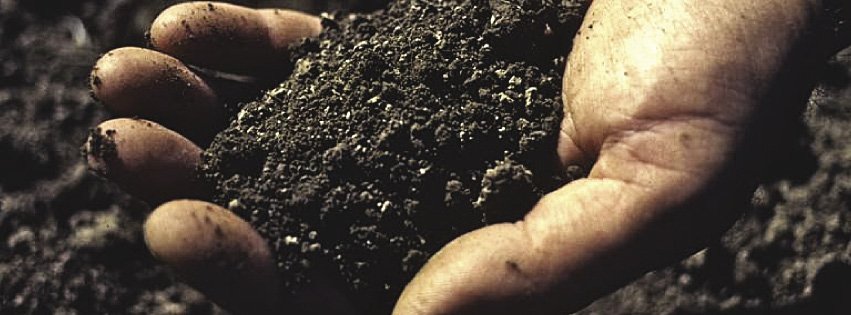Using photosynthesis to return carbon to the soil will help address climate change. | SUBMITTED
Finland—What if there was a way to not only slow climate change, but reverse it?
Automatically, you may think that’s impossible. However, an international non-profit organization headquartered in Finland, Minnesota says they may have identified a way.
Their solution starts with carbon.
“Carbon is the currency of life,” said Kaare Melby, the social media and web content coordinator of the Organic Consumers Association, an online and grassroots public interest organization that campaigns for health, justice and sustainability.
“The atmosphere is overburdened with carbon and that leads to climate change,” said Melby.
The Organic Consumers Association is spearheading a worldwide movement to remove the carbon dioxide from the atmosphere and return the carbon to the soil, which Melby said would reverse climate change.
They’re doing this through an initiative called Regeneration International, which advocates for regenerative agriculture and land-use practices that rebuild soil fertility and biodiversity.
The Organic Consumers Association has nearly one million members. Through the global network of Regeneration International, it’s connected to 3.6 million consumers, farmers, activists, scientists and policymakers in over 100 countries, all working to address climate change.
As you may know, greenhouse gases are one of the causes of climate change. They act as a blanket, making the Earth warmer than it would be otherwise. Carbon dioxide is one of those greenhouse gasses, transferred into the atmosphere through a number of ways, including the extraction of fossil fuels and modern agricultural techniques.
Melby said because of farming practices like overfertilization and overtilling, there are dangerously low amounts of carbon in the soil. That’s bad because carbon-rich soils protect against erosion, soak up rainfall to help ranchers weather droughts, feed plants and nourish animals, among other uses.
The solution is to pull carbon back into the soil through photosynthesis.
This change is possible by a shift in agricultural mindset, said Melby. “It’s hard to be against this. We simply need to explain the science of how it works. The actual solution is a really simple thing.”
One of the techniques is for ranchers to mimic grassland herds of the past. Bison centuries ago would roam wide, open spaces, staying close together to protect themselves from predators while moving from one area to another in search of food.
The herds would consume the high nutrient plants, trample down others, create holes in the soil that hold water, urinate, defecate, and then move on. The bison often wouldn’t return to the same land for one or two years, which gave the high nutrient plants time to regenerate and the soil a chance to be naturally fertilized by the bacteria left behind by the herds.
Today, bison and cows often overgraze by eating in the same place again and again. They consume the highest nutrient plants, and return to the same spot before the high nutrient plants have a chance to regenerate, and poor plants take over. Over time, due to this and other concerns, the carbon content of the soil is reduced.
Another potential solution, outlined in the video “Soil Carbon Cowboys,” which has more than 26 thousand views on the Organic Consumers Association Facebook page, is called pasture cropping.
Using this method, farmers rotate their acres with animal pastures and food. Perhaps one year, the space holds a corn crop, and the next year become a pasture for grazing animals. This process ensures organic matter is high in an area and keeps carbon in the soil.
Melby said the key message Regeneration International is spreading is one of positivity and hope, and that change can happen in as little as a decade.
“It’s possible to revert to preindustrial levels of carbon by using regenerative agriculture…We can make a tangible difference in our lifetimes.”
To learn more, visit organicconsumers.org and regenerationinternational.org.

